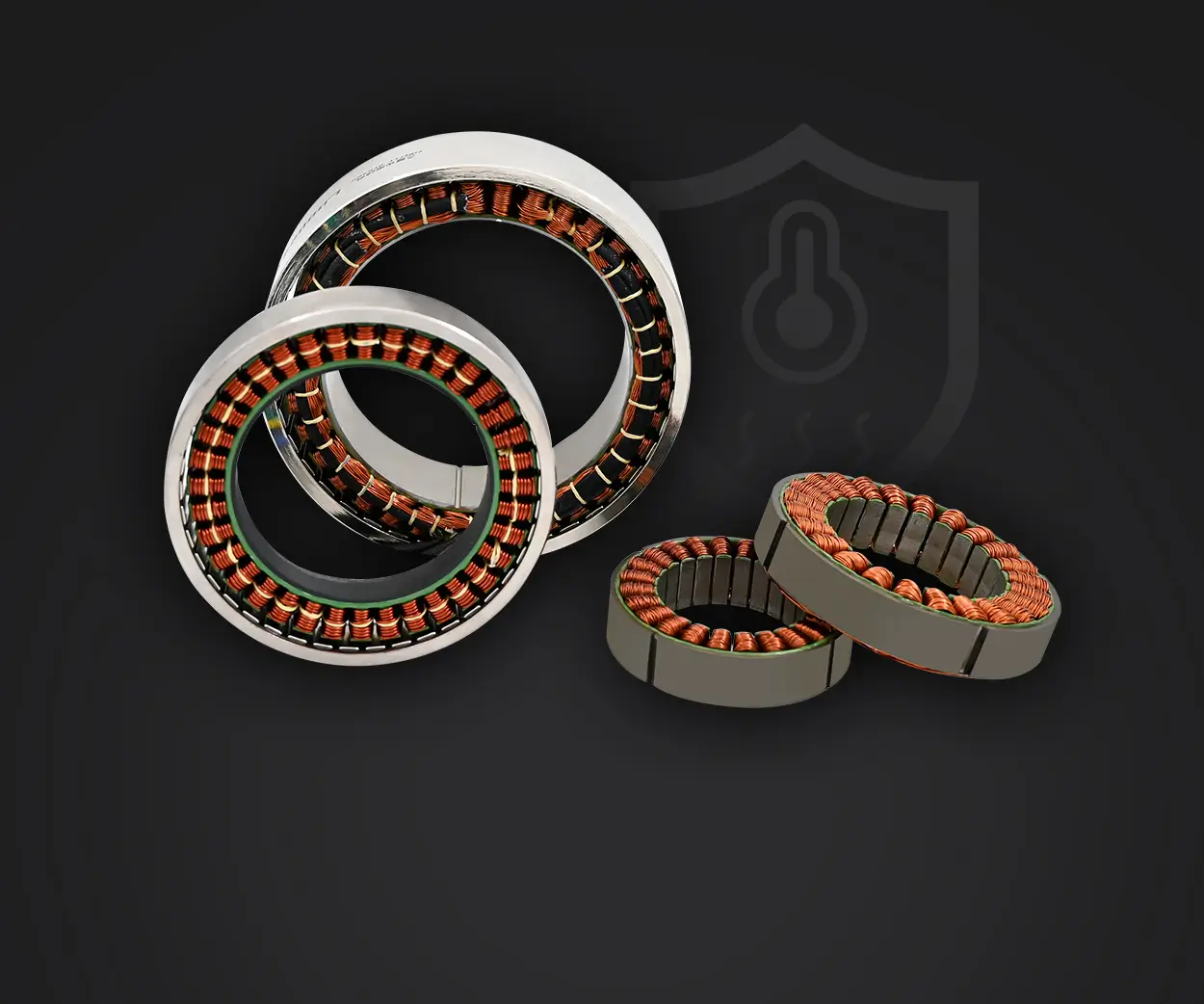part 1: The Heartbeat of Modern Robots: An Introduction to Servo Motors
In the rapidly evolving landscape of robotics, the quest for seamless movement, accuracy, and efficiency has led engineers and innovators down fascinating pathways—one particularly compelling avenue is the use of servo motors. These tiny yet powerful components are more than mere motorized actuators; they are the beating heart of countless robotic systems, empowering machines to perform complex tasks with precision and agility.

What is a Servo Motor?
At its core, a servo motor is an electromechanical device designed to provide precise control of angular or linear position, velocity, and acceleration. Unlike standard electric motors that run continuously, servo motors are equipped with feedback mechanisms and control circuits. This integration allows them to modify their output dynamically, making them ideal for tasks that demand accuracy.
Typically, a servo system consists of a motor coupled with a sensor (such as a potentiometer or encoder), a control circuit, and a power supply. This combination translates commands into controlled movements. The feedback loop constantly monitors the motor’s position, ensuring the output aligns with the input signals—a process that allows for remarkable precision.
Why Are Servo Motors Integral to Robotics?
Robotics inherently demands a level of finesse. Robots don’t just need to turn on and off; they require nuanced motion control that mimics human dexterity, whether it's picking up delicate objects, assembling complex gadgets, or navigating treacherous terrains.
Here’s where servo motors shine:
Precision Control: The feedback mechanism allows robots to perform delicate actions with high accuracy. For example, robotic arms in manufacturing plants depend on servo motors to position objects with millimeter precision.
Speed and Responsiveness: Servo motors can swiftly adjust their position or velocity, enabling robots to respond in real-time—crucial for applications like autonomous vehicles or surgical robots.
Repeatability: Consistency in repetitive tasks is vital. Once programmed, a servo-driven robot can repeatedly execute identical movements flawlessly.
Versatility: With various sizes and configurations, servo motors can be integrated into a multitude of robotic designs—ranging from tiny micro-robots to large industrial manipulators.
Types of Servo Motors in Robotics
Different types of servo motors serve specific needs:
DC Servo Motors: These are common in hobbyist and small-scale robotics, offering straightforward control and affordability. They typically use brushed DC motors with an integrated feedback sensor.
Brushless DC (BLDC) Servo Motors: Known for higher efficiency and longevity, these motors lack brushes, reducing wear and tear. They’re popular in more advanced robotic applications requiring reliability.
AC Servos: These are used in heavy-duty applications where higher power and efficiency are needed. They often feature complex control systems suitable for industrial robots.
Coreless and Linear Servo Motors: Found in specialized applications that require linear motion or ultra-high precision, these types are tailored for niche challenges.
How Do Servo Motors Work in Practice?
Imagine a robotic arm assembling tiny electronic components on a circuit board. Each joint in the arm—shoulder, elbow, wrist—is driven by a servo motor. The control system receives a command to position the robotic hand precisely at a specific spot. The servo motor, guided by the feedback, moves to the desired angle, then fine-tunes its position to ensure exact placement.
During this process, the motor’s internal sensors detect deviations from the target position. The control circuit instantly adjusts the power supplied, either increasing or decreasing current, to bring the joint into alignment. This closed-loop system operates in fractions of a second, achieving smooth, coordinated movements.
This dynamic interplay reveals why servo motors are indispensable—their ability to balance speed, torque, and precision makes them ideal for complex, multi-joint robots.
Applications Across the Spectrum
Servo motors aren’t confined to industrial robots; they are transforming countless domains:
Manufacturing & Automation: High-speed pick-and-place robots, CNC machines, and automated assembly lines leverage servo motors for accuracy and consistency.
Medical Robotics: From surgical robots performing minimally invasive procedures to rehabilitation devices aiding recovery, servo motors allow delicate and precise motions.
Aerospace & Defense: Drones, missile guidance systems, and satellite mechanisms utilize servo motors for stabilization and control.
Consumer Electronics & Hobbyist Robotics: Remote-controlled cars, humanoid robots, and educational kits integrate servo motors for accessible learning and entertainment.
Emerging Trends and Future Potential
As technology advances, so does the potential for servo motors in robotics:
Miniaturization and Energy Efficiency: Innovations are making servo motors smaller, lighter, and more energy-efficient, enabling more sophisticated designs in compact sizes.
Artificial Intelligence Integration: Combining servo control with AI algorithms opens doors to more autonomous, adaptive robots capable of learning from their environment.
Enhanced Feedback Systems: Development of high-resolution sensors improves the precision, allowing for smoother and more natural robot movements.
Wireless and Remote Control Capabilities: Improving communication protocols makes servo-driven robots more responsive and easier to operate remotely.
Challenges and Considerations
No technology is without its hurdles. Servo motors can be complex to calibrate and may require sophisticated control algorithms to perform optimally. Additionally, they can be costly, especially high-precision models needed for specialized tasks. Heat dissipation and power management are other technical considerations.
Yet, despite these challenges, the versatility and performance of servo motors continue to propel robotics into new frontiers. Their role as the bridge between digital commands and physical motion stands unmatched, shaping a future where robots are more capable, precise, and responsive than ever.
Established in 2005, Kpower has been dedicated to a professional compact motion unit manufacturer, headquartered in Dongguan, Guangdong Province, China.




































